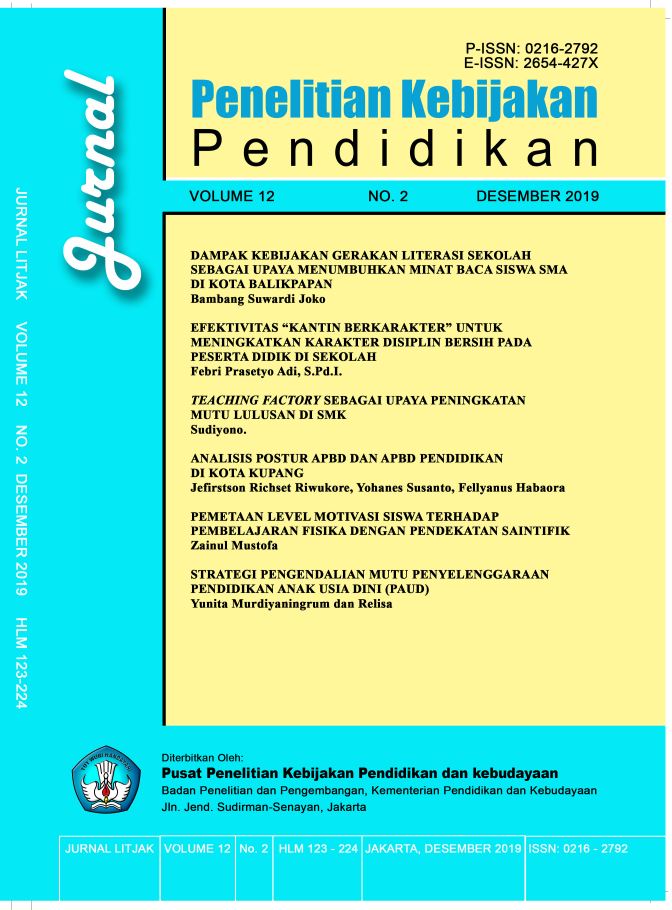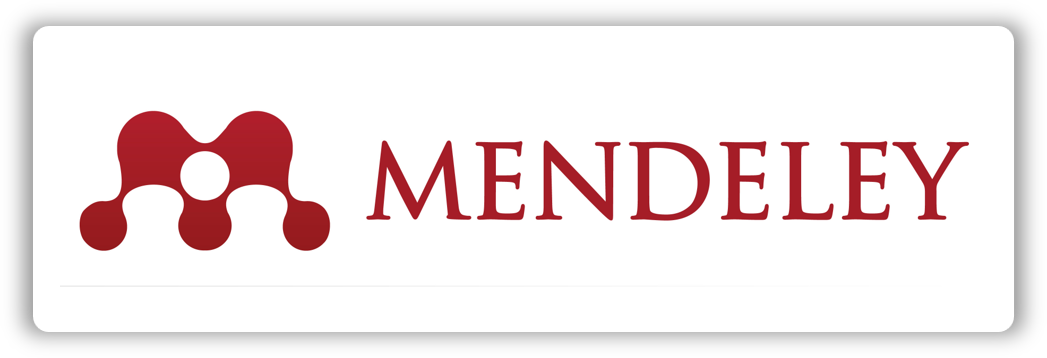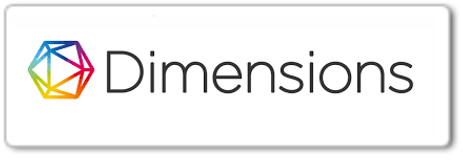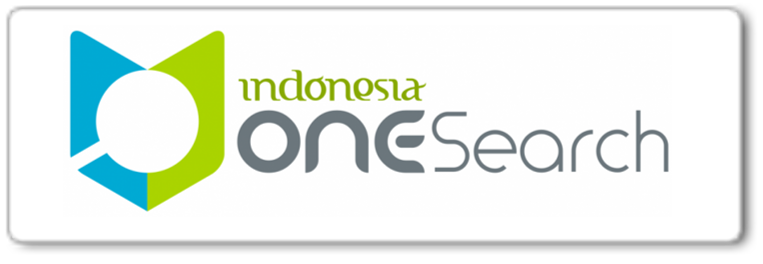POSTURE ANALYSIS APBD AND EDUCATION APBD IN KOTA KUPANG
DOI:
https://doi.org/10.24832/jpkp.v12i2.290Keywords:
APBD, education APBD, Kota KupangAbstract
This research uses an ex post facto design because researchers only took data from the Education Budget from in 2013-2019 which was subsequently concluded to be a conclusion. This research uses data collection with documentation techniques. Information can be obtained through facts stored in the form of documents. This research was conducted for 6 months, namely January-June 2019. Posture of APBD in Kota Kupang shows two different paradigms, namely the period 2013-2016 shows the proportion for indirect expenditure (apparatus expenditure) is higher than direct expenditure (expenditure for the public), while the 2017-2019 period shows that direct expenditure on society is greater than indirect expenditure for apparatus. Then the posture APBD of Education for the period 2013-2017 shows that alignments government to expenditure public are still very weak because indirect expenditure is greater than direct expenditure, but the period 2013-2017 showed a significant increase in direct expenditure compared to indirect expenditure. Likewise, the commitment of Kota Kupang Government to the implementation of the National Education System Law shows that the support Kota Kupang Government in the 2013-2017 period against the provisions Law tends to weaken because of the proportion of the education budget from the total APBD in decreased significantly from 42.36% to 25.75%. While the 2017-2019 period shows the existence of the government's partiality towards the world of education where Kota Kupang Government in addition to increasing the direct expenditure budget that oriented to reduce the burden on the households of its population also increases the education budget posture from 25.75% to 29.56%. In general, factors of leadership and commitment to development of public welfare have more influence on the preparation of budget postures in APBD Kota Kupang.
References
Affandi., Zulham, T., & Gunawan E. (2017). Pengaruh Anggaran Pendidikan, Tingkat Kemiskinan dan Ketimpangan Terhadap Produk Domestik Regional Bruto di Provinsi Aceh. Jurnal Ekonomi dan Kebijakan Publik Indonesia, 4(2), 174-191.
Arifin., Nurdin, D., & Yusnita, N. (2017). Analisis Proses Perencanaan Penganggaran Hibah dan Bantuan Sosial yang Bersumber dari Anggaran Pendapatan dan Belanja Daerah (Studi pada Dinas Pendapatan Pengelolaan Keuangan dan Aset Daerah Kabupaten Morowali). Jurnal Katalogis, 5(12), 86-98.
Azwan., Hidayat, M.S., & Syamsuddin. (2014). Analisis Anggaran Pendidikan Provinsi Jambi. Jurnal Perspektif Pembiayaan dan Pembangunan Daerah, 1(4), 197-206.
Disas, E.P. (2017). Analisis Kebijakan Pendidikan Mengenai Pengembangan dan Peningkatan Profesi Guru. Jurnal Penelitian Pendidikan, 17(2), 158-166.
Fahmi, M. (2016). Implementasi Kebijakan Alokasi Anggaran Pendidikan Dalam Meningkatkan Mutu Pendidikan Dasar Sembilan Tahun di Kota Palembang. Jurnal Ekonomi, 2(1), 203-214
Hidayat, I., Rosidi., & Saraswati, E. (2012). Pengaruh Belanja Pendidikan Terhadap Kinerja Pendidikan dengan Good Governance sebagai Variabel Pemoderasi. Jurnal Akuntansi Multiparadigma, 3(2), 171-184.
Jolianis. (2015). Pengaruh alokasi anggaran sektor pendidikan, pendapatan perkapita dan pendidikan kepala rumah tangga terhadap angka partisipasi sekolah di kabupaten/kota provinsi Sumatera Barat. Journal of Economic and Economic Education (ECONOMICA), 3(2), 168-183.
Maga, F.F., Tolosang, K.D., & Lapian, A.L.Ch. (2016). The Effect of Direct Expenditure and Indirect Expenditure to the Economy in the Southern District Sorong. Jurnal Berkala Ilmiah Efisiensi, 16(1), 1-11.
Mulyadi, D. (2015). Belanja Langsung Nyaman, Belanja Tidak Langsung Meradang. [Online] Diakses dari http://www.gresnews.com/berita/opini/101799-belanja-langsung-nyaman-belanja-tak-langsung-meradang/.
Nandani, S.C.D., Setyadin, B., & Nurabadi, A. (2018). Analisis Alokasi Anggaran Pendidikan Dalam Anggaran Pendapatan Belanja Daerah. Jurnal Administrasi dan Manajemen Pendidikan (JAMP) 1(1), 22-28.
Palupi, P.P.P. (2016). Studi Deskriptif Tentang Proporsi Anggaran Pendidikan Dalam Struktur Anggaran Pendapatan dan Belanja Daerah Kota Surabaya Tahun 2012-2014. Jurnal Kebijakan dan Manajemen Publik, 4(3), 1-12.
Putera, R.E. (2010). Formulasi Kebijakan Anggaran Pendidikan Dalam Mewujudkan Peningkatan Pemerataan Pendidikan Era Otonomi Daerah di Kabupaten Solok. Jurnal Demokrasi, 9(2), 205-226.
Sari, D.N., Mintarti, S., & Pattisahusiwa, S. 2018. Analisis Efektivitas dan Efisiensi Pelaksanaan Anggaran Belanja. Jurnal Kinerja, 15(1), 38-43.
Suwandi. (2012). Arah Kebijakan Pemanfaatan dan Penyaluran Dana Pendidikan pada Era Otonomi Daerah. Jurnal Pendidikan Teknologi dan Kejuruan, 21(2), 167-178.
Utama, W., & Soesanti, N. (2019). Hubungan antara Partisipasi Pendidikan dan Pertumbuhan Ekonomi: Studi Kasus di Indonesia. Jurnal Penelitian Pendidikan, 19(1), 136-148.
Downloads
Published
Issue
Section
License
Copyright Notice
All articles submitted by the author and published in the Jurnal Penelitaian Kebijakan Pendidikan are fully copyrighted by the publication of Jurnal Penelitaian Kebijakan Pendidikan under Attribution-NonCommercial-ShareAlike 4.0 International (CC BY-NC-SA 4.0) by technically filling out the copyright transfer agreement and sending it to the publisher
Note :
The author can include in separate contractual arrangements for the non-exclusive distribution of rich versions of journal publications (for example: posting them to an institutional repository or publishing them in a book), with the acknowledgment of their initial publication in this journal.
Authors are permitted and encouraged to post their work online (for example: in an institutional repository or on their website) before and during the submission process because it can lead to productive exchanges, as well as earlier and more powerful citations of published works. (See Open Access Effects).


















